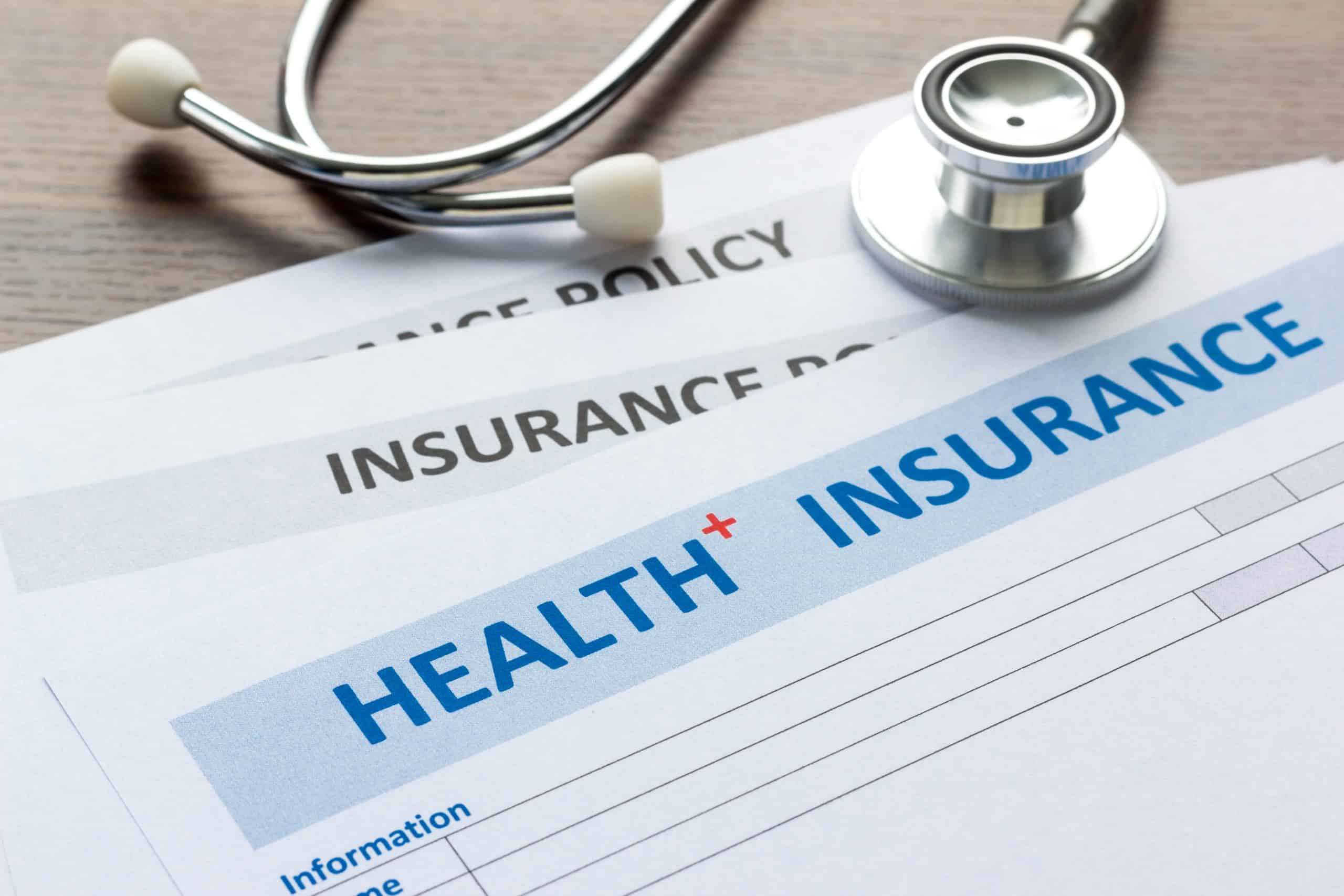7 Easy Ways to Make Sure You’re Not Overspending on Your Meds
SeniorLiving.org is supported by commissions from providers listed on our site. Read our Editorial Guidelines
According to AARP,1 people over the age of 50 use more prescription drugs than any other portion of the U.S. population. In 2020, prices for 260 routinely used medications increased by a whopping 2.9 percent.2 With drug retail prices increasing year after year, some life-sustaining medicines are now unaffordable to many older Americans who require them. That poses a serious concern of prescriptions not being filled, resulting in conditions and illnesses going untreated.
As prices rise, older folks are forced to make difficult choices between filling their prescriptions and buying groceries, which is not ideal or safe. If you or a loved one is looking to save money on prescriptions, we’ve compiled a list of seven tips that can help.
1. Take Generic Medications or Ask for Alternatives
Name brands can be appealing, but you’re often simply paying more for the name itself rather than the prescription. Using generic medications can significantly lower drug costs for seniors and work just as well. Just be sure to ask your doctor whether the generic brand is equally as effective as the original.
FYI: AARP is developing a Fair Rx Prices Now campaign to lower costs of prescription drugs, negotiate with pharmaceutical companies, cap out-of-pocket expenses for Medicare Part D plans, and penalize drug-makers for elevating prices more than the rate of inflation.
Sometimes there are multiple medications that can treat a condition, and one may be cheaper than another. If your medication’s price is too steep, ask your doctor or pharmacist about alternatives that can be suggested to your provider or insurance company. It isn’t always the case, but don’t be afraid to ask — it could save you in the long run.
2. Change Pharmacies
Saving money on prescriptions can be as easy as shopping around. According to the Harvard Medical School journal,3 many medication prices vary depending on the retailer. Some pharmacies purchase directly from drug-makers, while others use pharmacy benefit managers, which can hike costs. By calling pharmacies in your area, you can compare prices to make a cost-effective decision.
FYI: A formulary is a list of generic and name-brand prescription drugs covered by your health plan. Each insurance plan has its own unique formulary.
If you or a loved one decline prescription coverage with your insurance plan, out-of-pocket costs can be steep. The prices, however, will vary among pharmacies. NBC News has reported examples of these price fluctuations: Sets of five Lantus SoloStar insulin injector pens cost $445 per month at some pharmacies, but they were available for $96 at other locations.4 The savings of shopping around? $4,185 per year. Continuously switching pharmacies is a hassle, but comparing locations to determine which one will save you the most money overall is something to consider.
3. Enroll in Medicare Part D
Prescription drug coverage is available when you become eligible for Medicare, and it can help cover prescription costs. Medicare Part D provides outpatient prescription benefits to older adults and people with long-term disabilities. The coverage is optional, but it is available from private insurers and can be added to your Original Medicare or Medicare Advantage plan. If Part D is something you are interested in, it’s best to purchase a plan when you first become eligible. You could face late-enrollment penalties if you decide to wait.
Pro Tip:Visit our list of the best Part D plans to learn more about the industry’s top providers.
4. Buy Prescriptions in Bulk
Purchasing medications in larger supply can save you money that is otherwise spent in copayments. Rather than getting a prescription that lasts only 30 days with a copayment each month, for example, consider asking for a 90-day supply so you have only one copayment every three months. If you have long-term medications and a larger supply is available, this hack can help you save.
Did You Know? Many Medicare Advantage plans offer prescription drug coverage. Read our list of the best Medicare Advantage plans to learn more.
5. Check Out Patient and Pharmaceutical Assistance Plans
Several pharmaceutical companies offer patient assistance programs (PAPs). PAPs provide financial assistance to low-income seniors for existing medication costs. If you are enrolled in a Part D plan, PAP assistance does not count toward your Part D true out-of-pocket cost. These program benefits vary, but the Asthma and Allergy Foundation of America has a list of several organizations and programs that can offer financial help to people who need additional coverage. You can find more information on the AAFA’s drug assistance page.
From the Pros: Most Medicare Part D plans have a coverage gap — referred to as the donut hole — which is a temporary limit on what your plan will cover. If you have a Part D plan, it’s important to understand the donut hole and how your prescription costs will be impacted.
6. See If You Qualify for Medicare’s Extra Help Program
Individuals who have an income and resource rate below a certain threshold may qualify for Medicare’s Extra Help program, designed to help people with limited funds pay drug premiums, deductibles, coinsurance, and other costs. You’ll automatically get Extra Help if you have full Medicaid coverage, assistance from your state paying any Part B premiums, or Supplemental Security Income from Social Security.
From the Pros: If you are not automatically enrolled in Medicare’s Extra Help program, you can apply on the Social Security Administration’s website.
7. Prescription Discount Cards
In the U.S. alone, 7.5 million seniors are unable to afford medicines prescribed by their doctors,5 which is where prescription discount cards can come in handy. The cards provide up to 85 percent savings on medications. Receiving the discount is as easy as showing your card (or an app on your cell phone) at the pharmacy. The cards are usually completely free, so whether you have several meds or just need a prescription filled a few times each year, discount cards can keep money in your wallet.
Pro Tip: Want to learn more? Check out our guide to the best prescription discount cards in 2024.
Final Thoughts
In 2021, AARP reported that nearly one-fifth of registered voters ages 50 and older had not filled a prescription in the past two years, and the main reason was that they couldn’t afford it.6 Rising medication costs can be detrimental to your health and bank account, which is why understanding ways to save is paramount. If you need ideas to cut medication costs, the list above is a great place to start.
AARP. (2021). Prescription Drug Price Increases Continue to Outpace Inflation.
AARP Public Policy Institute. (2021). Trends in Retail Prices ofBrand Name Prescription Drugs Widely Used by Older Americans, 2006 to 2020.
Harvard Health Publishing. (2017). 7 ways to save cash on prescription drugs.
NBC News. (2019). How to save money on prescription drugs.
Gallup. (2019). U.S. Seniors Pay Billions, yet Many Cannot Afford Healthcare.
AARP. (2022). Millions of Older Americans Can’t Afford Their Prescriptions.







